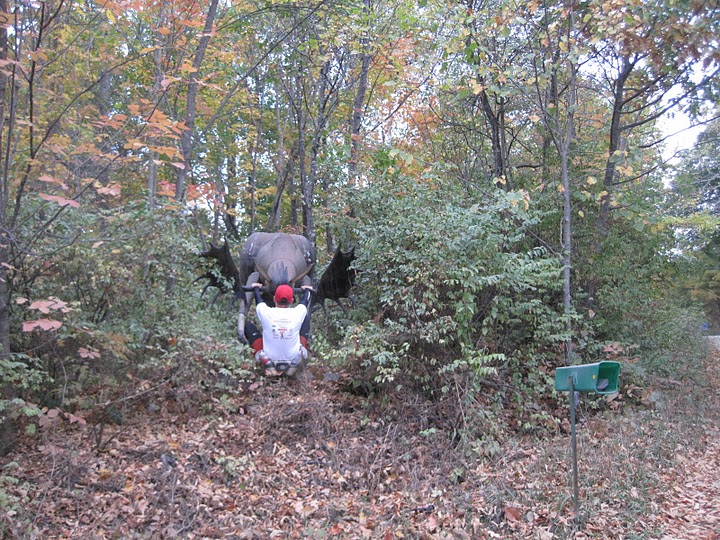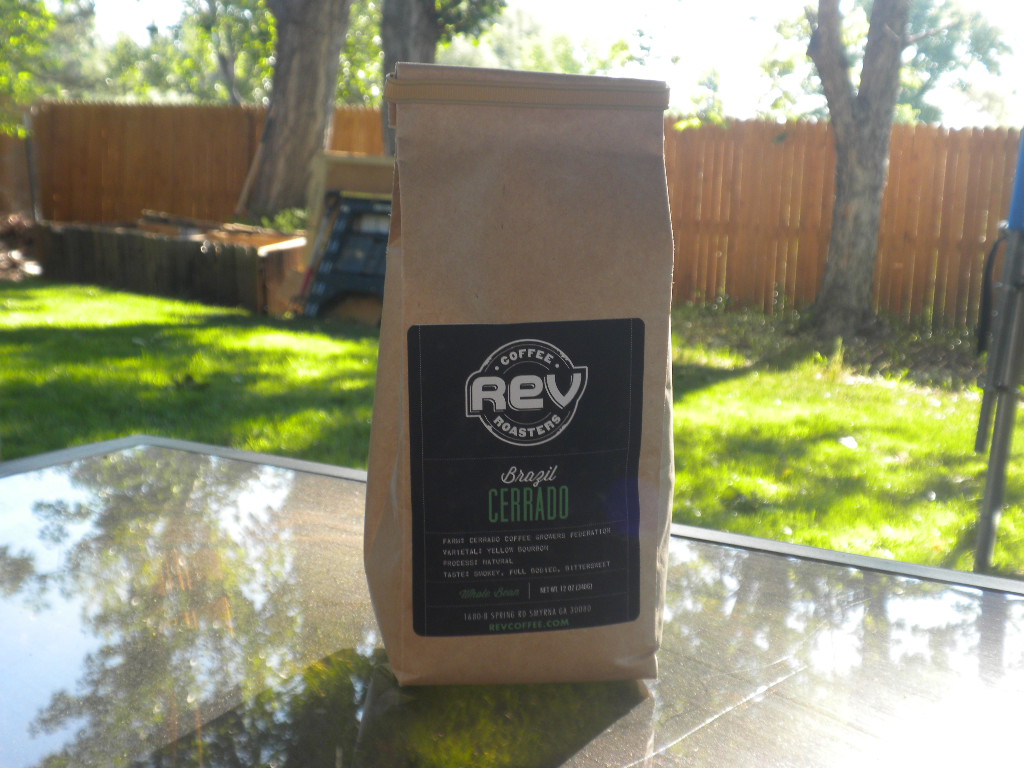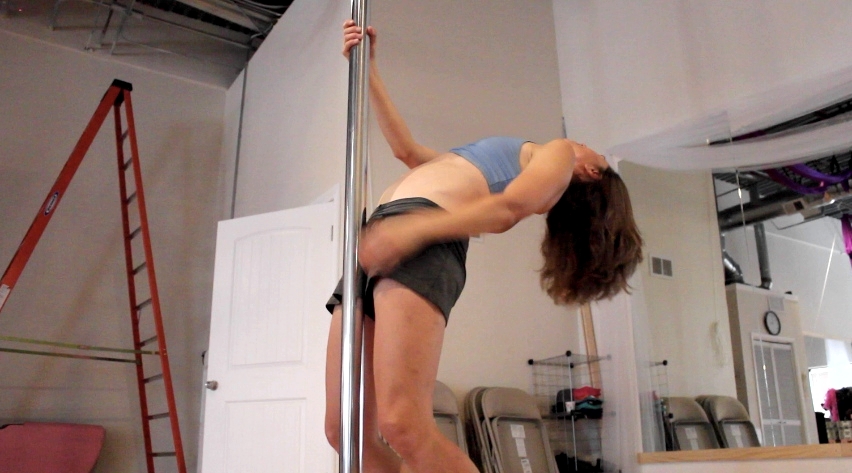When I first posted about this series Journey To 100 Miles, I talked about spending the month of November Base Building. Up to this point, I’ve successfully done just that and will spend much of the month of December doing the same thing. But what does that mean and what does it look like? How can anyone be sure that they are doing base building properly in preparing to actually train for their first 100 miler? That’s what I’d like to talk about in this post.
Before we dive too far into this brief discussion, it is incredibly important to make the following statement. There are countless training programs in the world that caters to runners of all abilities, speeds, sizes, styles, etc etc etc. That is a very good thing because it provides all of us with options. Ultimately, we are all an experiment of one. What works for me, may not work for you and vice versa.. but it never hurts to try. Throughout this series, I am attempting to provide runners with the very basics of ultra training in preparation for running 100 miles. The knowledge I have gained over the last 7 years has come from a wide variety of sources.. mostly from veteran ultra runners I’ve met along the way and my own personal experiences. Food for thought…
Now.. to start, I’m going to direct you to another website (how dare I) where Scott Jurek himself talks about some great tips on Base Building. I couldn’t add much more to what he’s said there and how it is formatted is succinct and functional for the purposes of this series.
The Long Run: Building The Base
Why Is Base Building Important?
It all starts with injury prevention. So many times, runners just jump right into a training plan without having spent time actually preparing for that program ahead of time. Few of us went right out, got our license and started driving down the Interstate without having practiced for months (sometimes a year+), taken a class and learned all the rules (written and unwritten) before doing so. Right? It’s the same thing with running. You need to practice, you need to get in a groove and feel your body out. Ultimately, Base Building introduces your body to the workload that lays ahead. It also provides you with an opportunity to become intimate with your “running body” for the long haul.
Miles Per Week
There are many out there who will tell you that in order to run 100-miles, you will need to run 200+ miles per week in training. This is just not true! Though, I will say that ultimately, your performance in the race will be dictated by how many miles per week (consistently) you do run. For the base building phase, concentrate on running 20 miles per week. If you’ve been running/training for awhile and you normally run more then that.. stop! Now is the time for you to slow it down.. way down. Remember, endurance running is a slow-twitch-muscle exercise. You’re about to start training your body to burn fat instead of glycogen (sugar), to take walk breaks during runs, and to run at a sub-threshold heart rate for the foreseeable future. So do yourself a favor; slow it down and just worry about running a nice easy 20 miles per week.
Getting Into A Rhythm
Figure that you’re going to be running 5 days a week. Tuesday – Wednesday – Thursday – Saturday – Sunday. Your training week will start on Mondays, which you’ll take off to recover from the weekend. You’ll run minimal “maintenance miles” on Tues – Wed – Thurs, then take Friday off. Saturday will entertain your longest run of the week, followed up by another mid-distance/longer run on Sundays. During the base building phase, I’d run 0-3-3-3-0-8-4 (M-T-W-Tr-F-Sa-Su Respectively). Now is the time to get into a rhythm. So only run on those days and only run those distances. Stick with it and run for about 3-4 weeks at this level. DITCH THE WATCH. Leave it at home and simply focus on running. Running easy, running slow, just running. 5 Days a week.. in the above pattern. “But I can’t.. I have to ____ on Tuesdays.” I hear this a lot. Sure.. life’s schedule does sometime get in the way. Figure it out. There’s 24-hours in a day and no one uses all of them as they say they do. Get up earlier, go out in the dark at 10:00pm if you have to. NO MORE EXCUSES.
Test Your Commitment
Following the above schedule will surely test your commitment towards the goal of running 100 miles. If you find yourself finding reasons to not run, or finding reasons why you “can’t fit the run in” then I’ll respectfully say to you that.. you’re not ready for this. Running a 100 miler is a huge commitment that takes a lot of time and work. You’ll start to see that those measly week day runs can be a bit monotonous and almost seem like more time consumption then they’re worth, all told. Stick with it! You’re going to feel the same way during the 100 when you’re at obscure mile 82. The back to back weekend long runs will come into play down the road as the weeks tick by. You need to start getting your body to accept this fact and to prepare for it during this base building phase. Get out there. Commit.. or quit. Do it now before you get too far into this. 🙂
Discover Strengths and Weaknesses
This minimal effort base training is a great time for you to discover whatever strengths and weaknesses you might have. Use your Saturday runs wisely. Run the first Saturday on roads, the second on trails, the third with ample hills, and the fourth with no water and on an empty stomach, Make that fourth one as uncomfortable as you can. During these runs, really focus on listening to your body. It’ll tell you what feels right and what doesn’t along the way. If you find that you are terrible at running roads.. then you’ll want to focus on running more on roads once training starts in earnest. The same goes for hills. If you find you are pretty good running uphill but terrible on the downs (especially on trails!); you’ll have a pretty good idea what you’ll need to focus on during training. The fourth Saturday, the uncomfortable day, is a test. Whatever you feel on that run, is merely a fraction of how you’ll feel 62 miles into a 100 mile run.
The base building phase is an important first step in training for 100 miles. Now is the time for you to get into the rhythm and learn how to listen to your body. Now is the time for you to slow everything down, especially if you have been a traditional marathon runner for a long time. It’s time to throw everything you know, or thought you knew, about running away. Running 100 miles is vastly different then running a 50K and even still, a 50 miler. Base Training is where training begins and it is as important, it not more, than the training itself. Good luck!
Questions? Sherpajohn@gmail.com
Coming Up on Journey To 100 Miles:
Next Post: The 100 Mile Training Schedule
And Later: Gear For Success
This post is part of a series known as Journey To 100 Miles. We Welcome your comments to add to the discussion.
Previous Posts:
1. Journey To 100 Mile Intro
2. Choosing Your First 100 Miler
3. Ultra Commitment
4. Researching An Ultra
















[…] Your Which 100 Miler is your First, You’re Committed, You’ve done ample research, and you’ve started building a base. This amazing journey continues with the real nitty gritty now, the training. Just like in the last […]
[…] 100 Mile Intro 2. Choosing Your First 100 Miler 3. Ultra Commitment 4. Researching An Ultra 5. 100 Miler Base Building 6. A 100 Mile Training Plan 7. Ultra Gear For Success 8. Ultra Training Through Winter 9. […]
[…] 100 Mile Intro 2. Choosing Your First 100 Miler 3. Ultra Commitment 4. Researching An Ultra 5. 100 Miler Base Building 6. A 100 Mile Training Plan 7. Ultra Gear For […]
Excerpted from your 100 Mile Base Building blog “During the base building phase, I’d run 0-3-3-3-0-8-4 (M-T-W-Tr-F-Sa-Su Respectively). Now is the time to get into a rhythm. So only run on those days and only run those distances. Stick with it and run for about 3-4 weeks at this level.”
After 3-4 weeks, then what do I do. It would help me a lot of I knew your entire buildup week to week and month to month inclulding the 50 mile “races” you insert and follow-on “50 milers” to iron out any nutrition, gear and pace issues before the 100 mile event.
I’ve run several 50Ks, a rugged 40 miler race and two 50 mile trail races in 2011. I have a goal of completing a 100 miler in March 2016. I like your philosophy and common sense approach to a 100 miler. I would appreciate any long term scheduling advice you can offer.
Thank you.